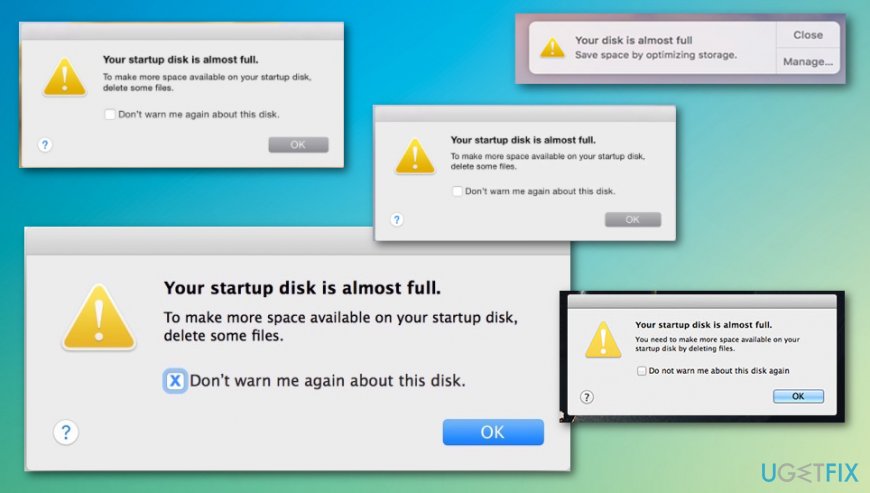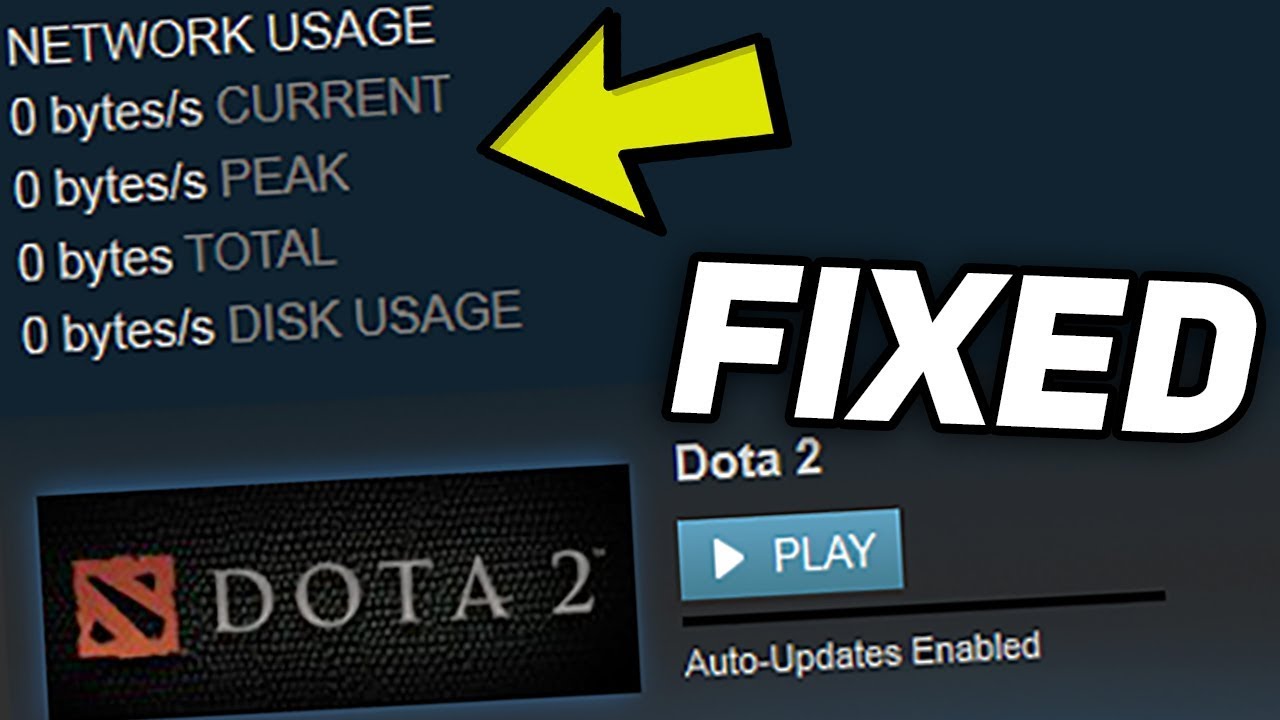


This extract from a chapter of our book Troubleshooting Mac® OS X describes several ways to free-up space on your Mac OS X startup disk, also known as your Mac OS X boot volume.

Turn on the Mac whilst holding down cmd + S.

You now need to clear up some free space by deleting files. To help you with this, download the OSX version of JDiskReport which can be used to show you what folders and files are taking up space.Press the power button on your computer to turn it off.Once done, drag any of your hard drives which appear on the other Mac to the Trash. This will eject them from the system.On the other Mac, browse to the following folders and delete the following files which can be safely deleted:.Your Mac hard drives should appear on the other Mac you are connected to. Then turn it on whilst holding down the T key. Connect your Mac to another Mac by using a FireWire cable.You now need to clear up some free space by deleting files. To help you with this, download the OSX version of JDiskReport which can be used to show you what folders and files are taking up space.If taken to the login screen, click on your username and enter your password (if any).Keep it held down until you see a progress bar. Turn on the Mac whilst holding down the left Shift key.The Dock does not appear and neither do your Desktop icons. When you turn on your Mac, a message appears saying that your startup disk is full.


 0 kommentar(er)
0 kommentar(er)
